Cyclones, Typhoons, And Hurricanes: Different Names, Same Phenomena
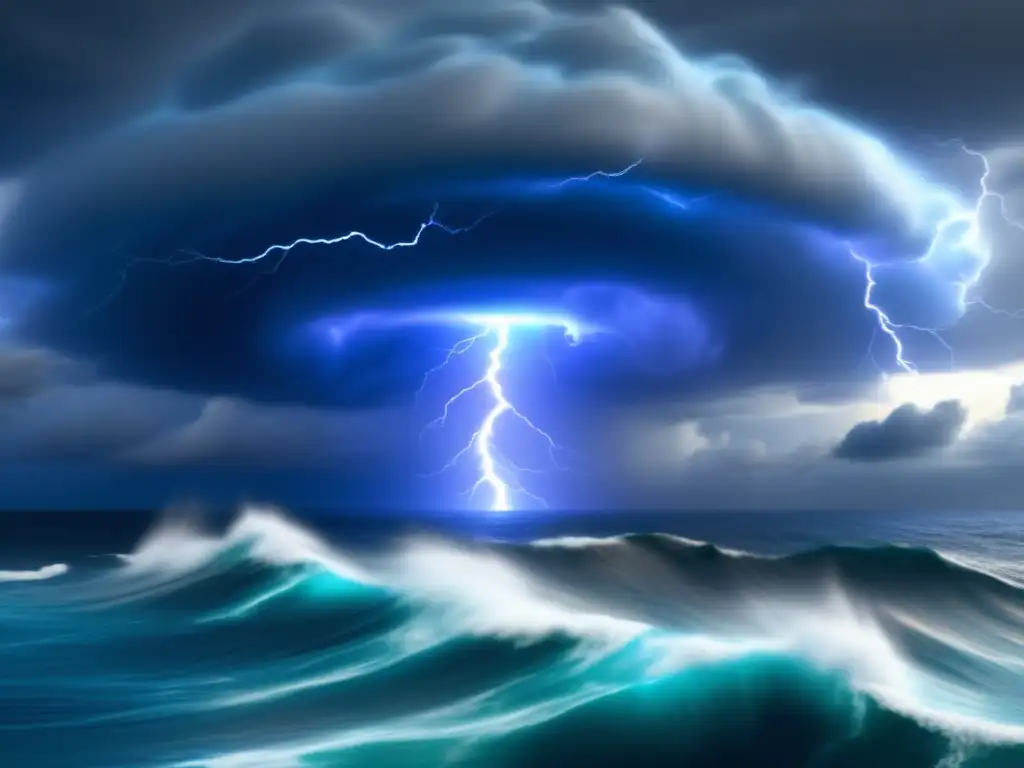
Cyclones, Typhoons, and Hurricanes: Different Names, Same Phenomena
Introduction
Hurricanes are powerful, destructive forces of nature that can have catastrophic effects on the areas they hit. These storms are known by different names in different parts of the world, such as cyclones and typhoons. While the terminology may vary, the phenomenon behind these storms is the same. In this article, we will explore some basic knowledge about hurricanes, including their formation, structure, and impact.
The Basics of Hurricanes
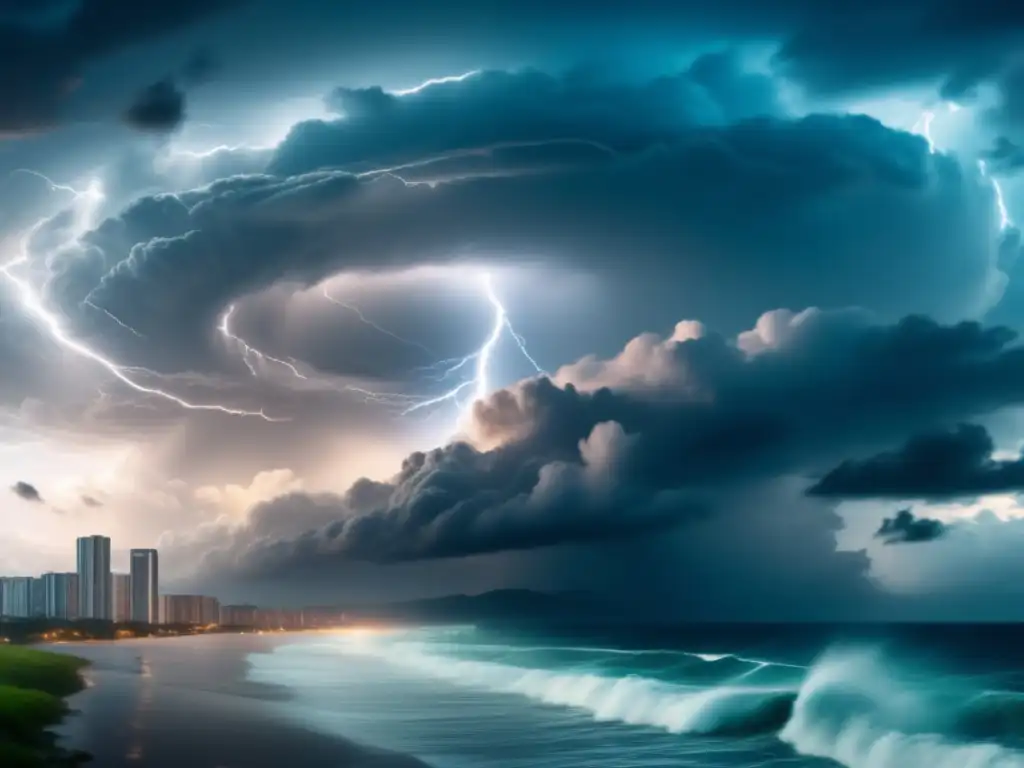
Formation
Hurricanes form over warm ocean water when the temperature is at least 80°F (27°C). The warm water causes the air above it to rise, creating an area of low pressure. As more warm air rises, cool air rushes in to replace it, causing a circular motion that eventually forms into a storm. Hurricanes usually start as a low-pressure system, which then develops into a tropical depression. If the depression intensifies and the wind speeds reach at least 39 mph (63 km/h), the storm is classified as a tropical storm. If the winds reach 74 mph (119 km/h) or higher, the storm is called a hurricane.
Structure
The structure of a hurricane consists of several parts: the eye, eyewall, rainbands, and outflow. The eye is a calm, clear area in the center of the storm with little to no wind. The eyewall surrounds the eye and contains the most intense winds and rainfall. Rainbands are bands of clouds and thunderstorms that spiral outward from the center of the storm, producing heavy rainfall and high winds. Outflow is the upper-level winds that flow away from the center of the storm, helping to strengthen it.
Impact
Hurricanes can have a devastating impact on the areas they hit, causing flooding, wind damage, and power outages. Storm surges, or the rise in water level along the coast, can cause widespread coastal flooding and damage to infrastructure. Heavy rainfall from hurricanes can cause flash floods, landslides, and mudslides inland. Wind damage from hurricanes can result in fallen trees, damaged buildings, and power outages that can last for weeks.
Preparing for a Hurricane
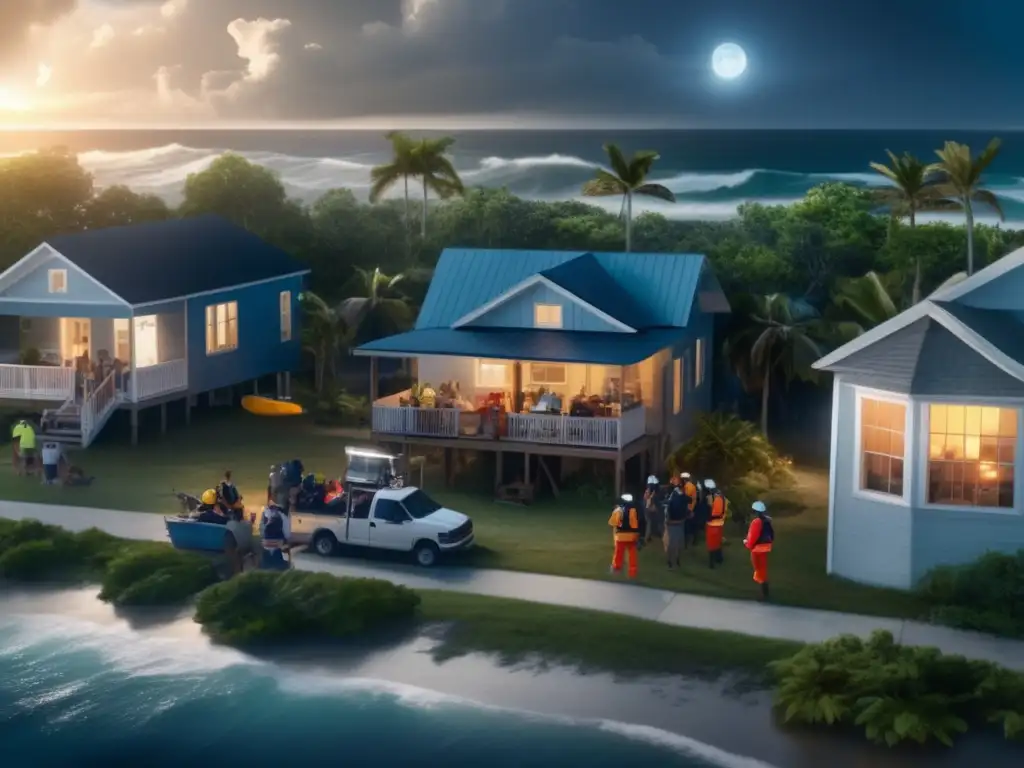
Evacuation
If you live in an area that is prone to hurricanes, it is essential to have a plan in place for evacuation. Ideally, you should evacuate as soon as possible when a hurricane is forecasted to hit. Follow evacuation orders from local authorities and have a bag packed with essential items, such as food, water, medication, and important documents.
Home Preparation
To prepare your home for a hurricane, secure loose outdoor items such as lawn furniture, grills, and planters. Board up windows and doors with plywood or storm shutters. If you have a generator, make sure it is in good working condition and fueled up before the storm hits.
Emergency Kit
Having an emergency kit on hand is crucial for weathering a hurricane. The kit should include enough food, water, and medication for at least three days, a first-aid kit, flashlights, and batteries.
Safety During a Hurricane

Stay Inside
During a hurricane, it is essential to stay inside and away from windows and exterior walls. If you are in a multi-story building, stay on a lower floor. Additionally, avoid using electrical equipment, taking a shower, or flushing the toilet during the storm.
Stay tuned to local news and follow any instructions from local authorities. If you experience flooding or wind damage, call for help only if it is an emergency.
After the Storm
After a hurricane, avoid walking or driving through floodwaters, as they may be contaminated or have debris that can cause injury. Stay away from buildings that have been damaged and report any downed power lines or leaks to the authorities.
Hurricane Damage and Recovery
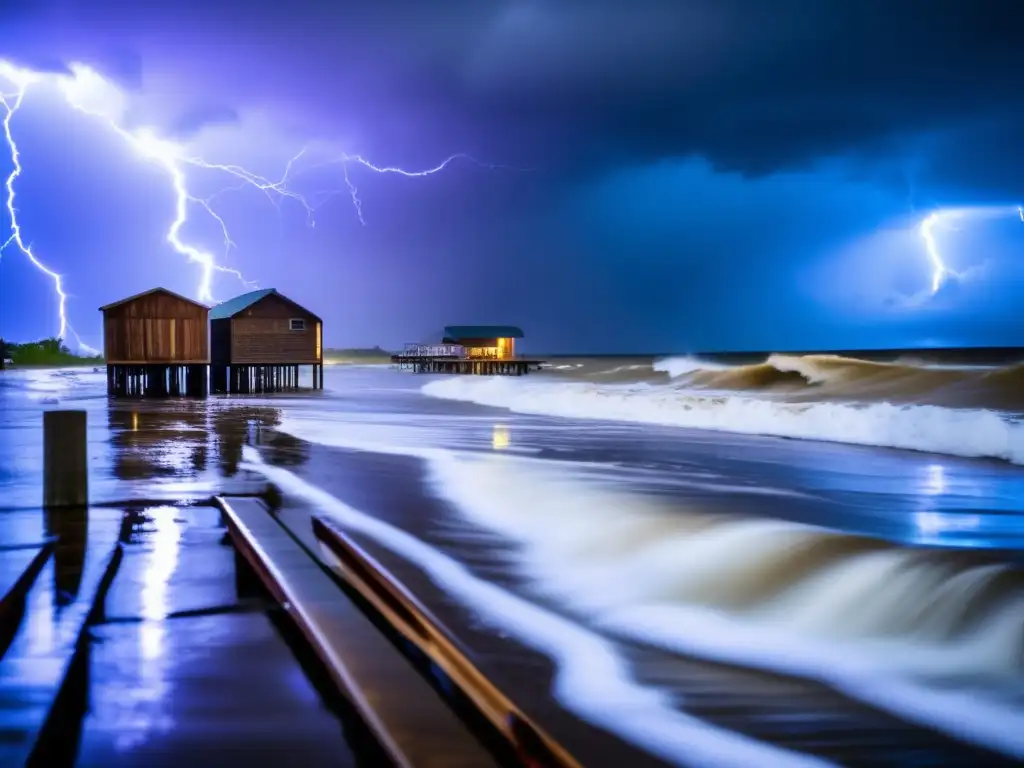
Assessing Damage
After a hurricane, it is vital to assess the damage to your home and surrounding area. Take pictures of any damage for insurance purposes and make temporary repairs to prevent further damage.
Cleaning Up
Cleaning up after a hurricane can be a daunting task. Wear protective clothing and gloves when removing debris, and do not attempt to remove fallen trees or branches unless you are trained to do so.
Emotional Support
Experiencing a hurricane can be traumatic, and it is essential to seek support if needed. Reach out to family and friends, and consider talking to a mental health professional if you need additional support.
Frequently Asked Questions

-
What causes hurricanes?
Hurricanes are caused by warm ocean water and a low-pressure system.
-
What is the difference between a hurricane and a tropical storm?
A hurricane has winds of 74 mph (119 km/h) or higher, while a tropical storm has winds between 39 mph (63 km/h) and 73 mph (118 km/h).
-
Can hurricanes be predicted?
Yes, meteorologists use satellites, buoys, and other tools to track hurricanes and predict their path and intensity.
-
How long does a hurricane last?
A hurricane can last anywhere from a few hours to several days, depending on its size and strength.
-
What should I do if I am caught in a hurricane?
Stay inside, away from windows and exterior walls. Listen to local authorities and follow their instructions. After the storm, avoid floodwaters and damaged buildings. Seek emotional support if needed.
Conclusion
Cyclones, typhoons, and hurricanes may be known by different names, but they all share the same fundamental characteristics. Understanding how hurricanes form, their structure, and the impact they can have is essential for those living in hurricane-prone areas. By preparing for a hurricane and following safety guidelines, individuals can reduce the risk of harm and damage. If impacted by a hurricane, assessing damage, cleaning up, and seeking emotional support can aid in the recovery process.
Additional Resources

 The History And Development Of Hurricane Forecasting
The History And Development Of Hurricane Forecasting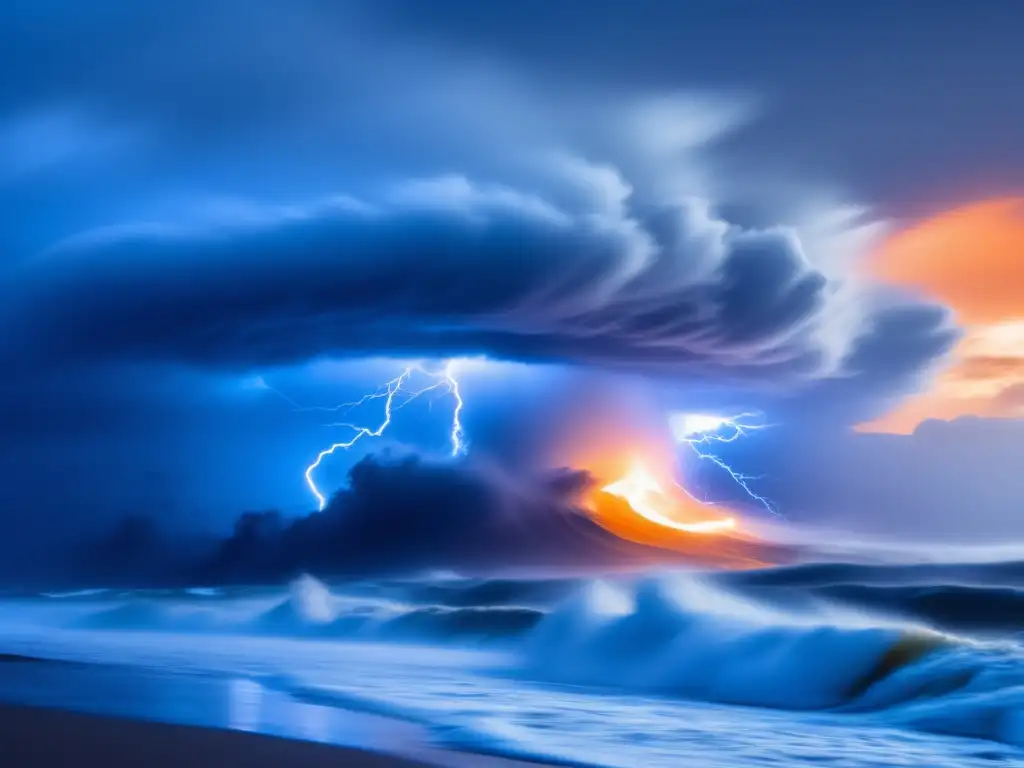 The Relationship Between Ocean Temperatures And Hurricanes
The Relationship Between Ocean Temperatures And Hurricanes Understanding Hurricane Watches And Warnings
Understanding Hurricane Watches And WarningsIf you want to discover more articles similar to Cyclones, Typhoons, And Hurricanes: Different Names, Same Phenomena, you can visit the Basic knowledge about hurricanes: category.
Leave a Reply

Articulos relacionados: